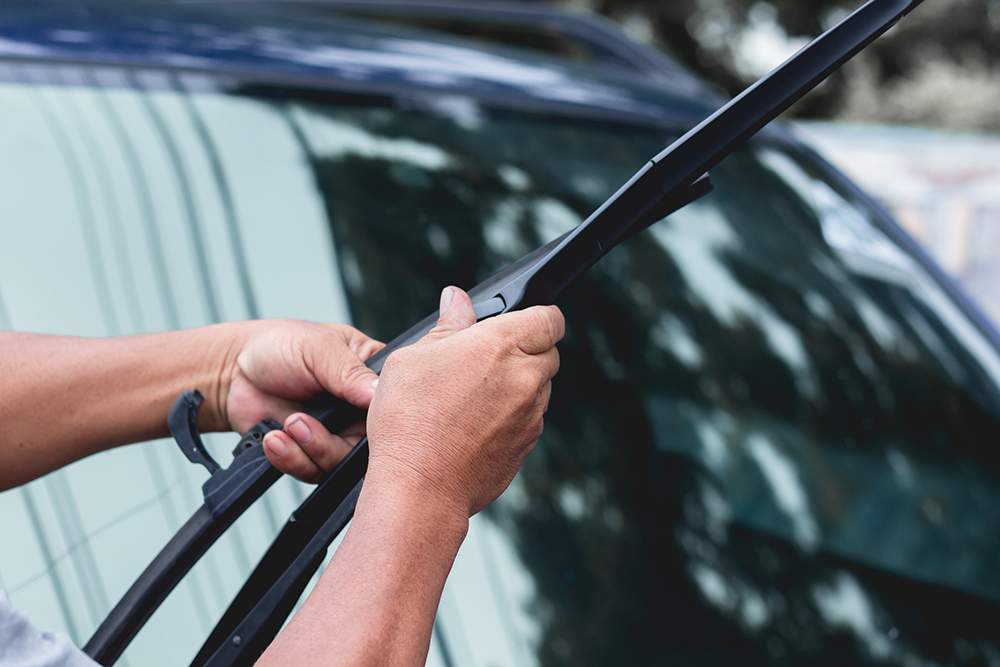Innovative blade design improves winter visibilty

Most drivers grew up in an era when the most difficult decision about wiper blades involved what size fit your vehicle.
No longer. Wiper blades and the applications they serve have become as a unique as the vehicles themselves.
The latest—known as “hybrid” blades”—are designed for rain and snow conditions.
“Years ago consumers only had one choice in wiper blades,” said Ron Fausnight, technology specialist at RainX. “Everybody used conventional blades.”
Conventional wiper blades are long, narrow beams with a thin rubber strip and exposed metal or plastic surfaces. Windy conditions can keep the blade from making contact with the windshield. Blizzard conditions can cause ice to build up in the exposed wiper arm assembly.
“With some types of vehicles conventional beam blades will not follow the contour of the windshield,” Fausnight said. “Design also has become a more important consideration for drivers, and low profile blades look better on high performance vehicles.”
Hybrid blades offer a sleek alternative with rubber compounds designed to flex with and into windshield curves, Fausnight said. The low profile helps it maintain contact with windshields even in windy conditions.
Moreover, wiper assembly parts are enclosed in rubber to prevent them from getting caked by ice.
“Synthetic rubber compounds in modern blades help them stay pliable in extreme cold or snow and prevent sticking in extreme heat,” Fausnight said. “That’s especially helpful in places like New York and other areas of New England where conditions are frequently changeable.”
Choosing the right blade for your vehicle depends on where you drive and the season. Fausnight had the following suggestions:
- “Hybrid” blades are designed for drivers traveling in rain and snow. The sleek profile helps it maintain contact with the windshield and the blade casing helps prevent ice build-up.
- "Winter” blades are designed for drivers who drive mostly in snowy climates. The heavy-duty casing over the blade prevents ice and snow from crusting inside the wiper assembly.
- Look for a heavy duty steel spine and steel rivets, not plastic. Cheap construction can cause blades to flutter or fall apart more quickly. They tend to lose contact with the windshield in windy conditions.
- Get blades that use composite materials. They have sharper edges, higher density rubber and extra thickness compared to plain rubber blades. Blades work better to wipe away foggy mist or icy particles.
- Applying rubber treatments helps keep blades pliable. Also, removing dirt and grime lessens contaminants to help prevent windshield scratches.
- Ask your service advisor for help choosing the right blade for your vehicle. Some vehicles require a different blade for driver and passenger sides. Also, a blade too long for your car can damage the windshield; too short and it could reduce windshield visibility.
- Consider using glass treatments that act as a water repellent and to reduce friction. Wiper blades will glide easier and perform better.